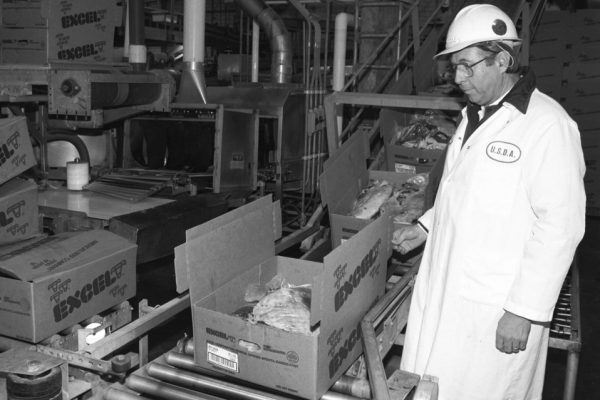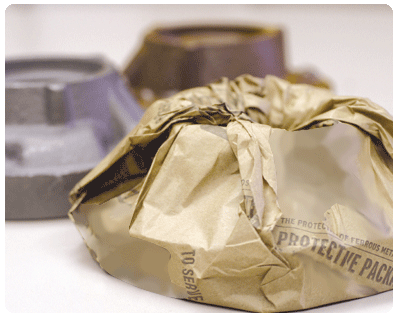Nitrogen is a safe, inert gas, which makes it an ideal option for replacing oxygen and other supplemental gases in food manufacturing and packaging processes. The food industry has long relied upon the use of this gas because it is affordable and readily available. Below, we’re discussing the use of nitrogen in food packaging and manufacturing and why it’s so beneficial.
Why Is Nitrogen Used in the Food Industry?
A variety of food products, including fish, vegetables, and meats, contain reactive chemicals that may lead to oxidation when in contact with oxygen. Therefore, manufacturers and packaging engineers must protect the quality of these products to ensure the safety of their consumers. If foods are packaged improperly, microorganisms can proliferate and create health risks for those who eat them. Luckily, nitrogen gas is an effective way to remove oxygen and moisture and create a safer, longer-lasting product.
Using nitrogen in food packaging can help increase the product’s shelf life. This safe gas option improves freshness, preserves nutrients, and helps prevent the growth of airborne microbes. Some products, such as red meat, require a small amount of oxygen in their packaging to preserve the appropriate color and texture. For this reason, food manufacturers may use a lower nitrogen purity level in their packaging processes.
What Are the Benefits of Nitrogen Use?
The main benefits of nitrogen in the food industry can be seen throughout the packaging process. During this phase of manufacturing, the gas is applied in a variety of different ways, with modified atmosphere packaging (MAP) being the most common. This preservation technique uses nitrogen to change the composition of the air surrounding the food, thus improving its longevity and freshness.
It is also becoming popular to use nitrogen in the beer and coffee industries. For example, Guinness uses nitrogen in its draft systems and cans to produce the sweet, silky foam head that consumers love. Meanwhile, the introduction of nitrogen in the coffee industry began when Nate Armbrust, a food scientist, attempted to infuse cold brew coffee with bubbles that would improve the drink’s richness without compromising any flavor. After a lot of experimentation, he identified the perfect balance of nitrogen infusion to achieve his goal, and nitro cold brew coffee (NCB) was born. Since then, the process has gained significant traction in the coffee industry, with many major players, such as Starbucks, adopting their own version of the concoction.
Nitrogen Generators for the Food Industry
The food industry is becoming increasingly reliant on the use of nitrogen in its processes. Its cost-effectiveness and availability make it a perfect choice for manufacturing and packaging applications. That being said, more and more companies are beginning to look for ways to optimize their nitrogen use and cut down on time spent ordering, waiting for, and installing nitrogen cylinders. Luckily, an efficient and budget-friendly alternative is available – nitrogen generators. These systems separate nitrogen from the surrounding atmospheric air, creating a constant, uninterrupted supply of gas. Even better, companies can install a generator system on-site, eliminating the need for cylinder deliveries from third-party nitrogen providers.
Though food industry technologies, standards, and protocols are constantly changing, one thing remains clear – the importance of creating safe, high-quality products. By using nitrogen gas in food processing and packaging, companies can maintain freshness for a longer period of time without putting consumers at risk.




